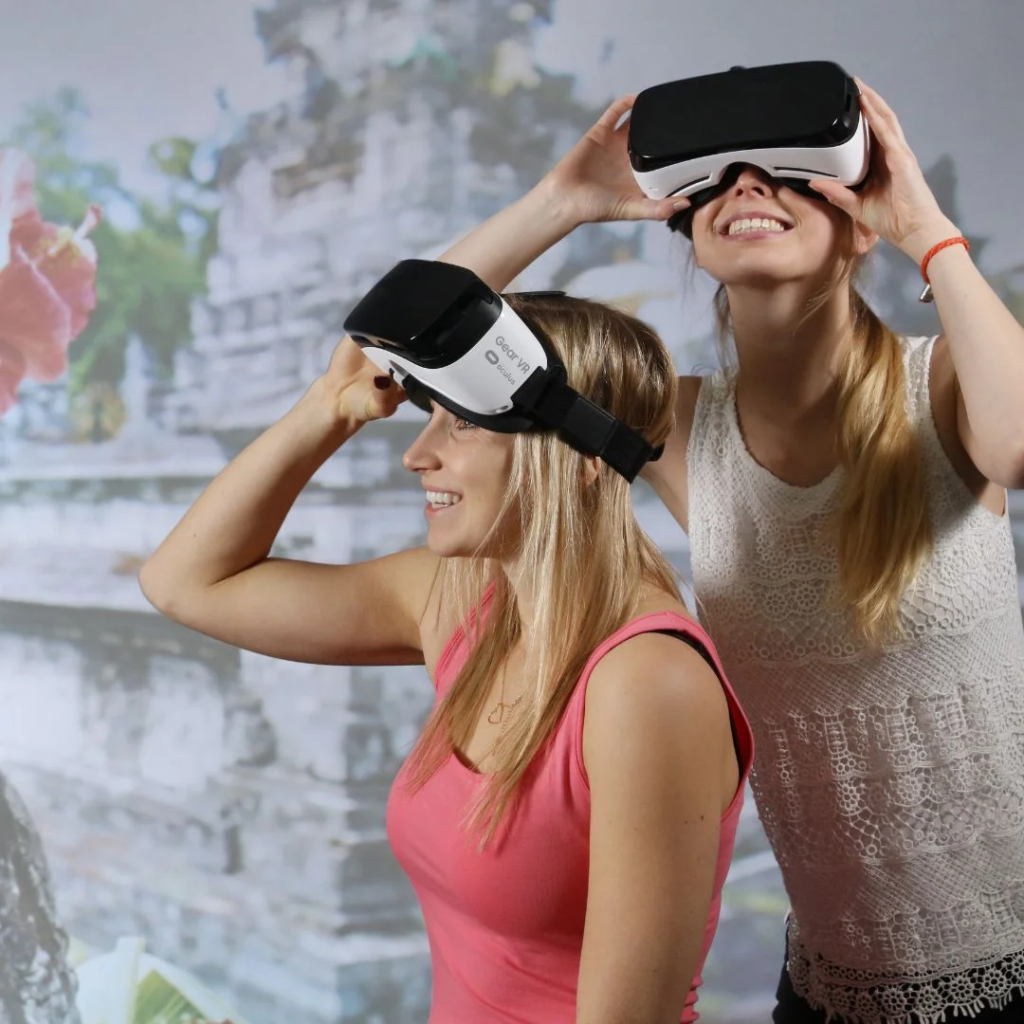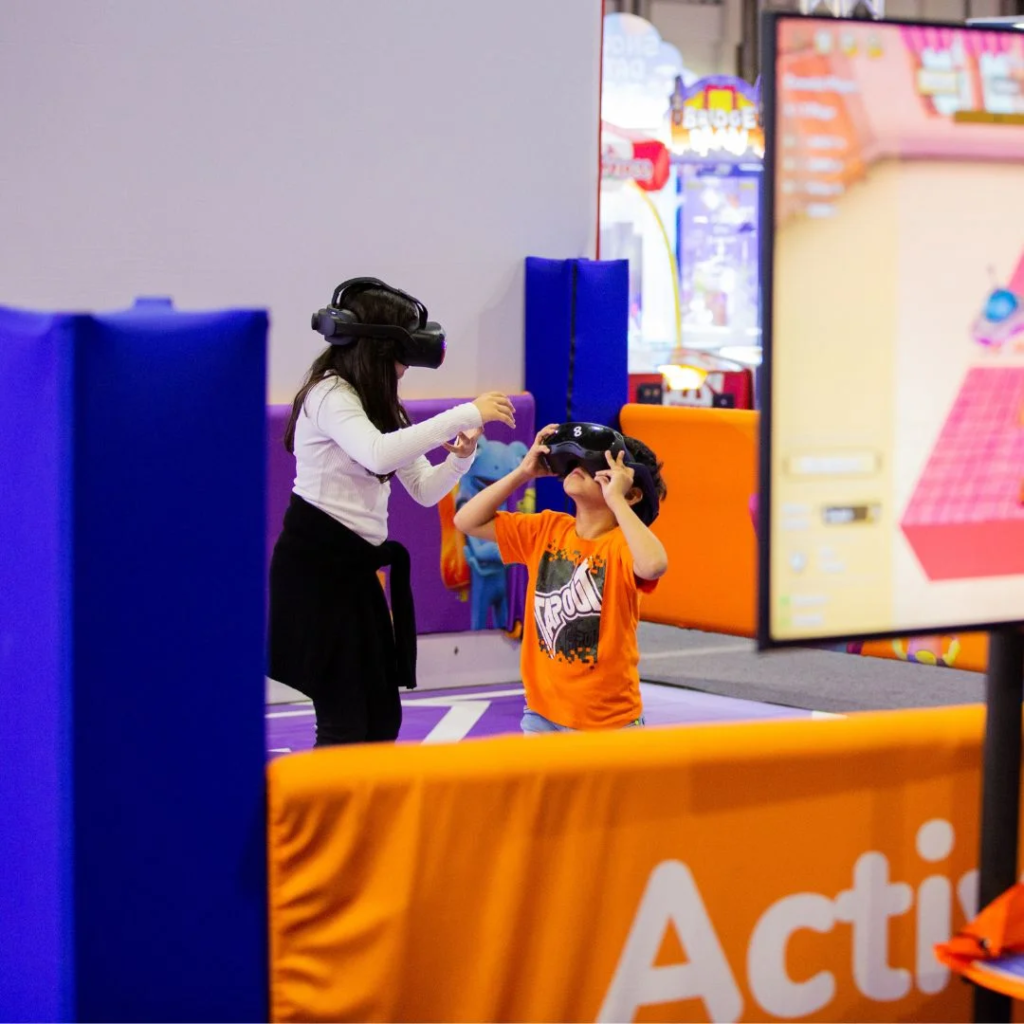
Virtual Reality (VR) has come a long way since its inception in the 1960s. Today, VR is a multi-billion dollar industry that is rapidly growing and changing the way we interact with technology. In this blog, we will explore the history of VR, from its early beginnings to the present day, as well as its future.
The evolution of VR has been a fascinating journey, and with the rise of Gen Alpha, it is crucial to reflect on how the technology has evolved to fit the needs of this tech-savvy demographic.
The Origins of Virtual Reality
The first proper virtual reality system was invented by Ivan Sutherland in 1968. Sutherland created a system called the “Sword of Damocles”, which used a head-mounted display to project images onto a screen in front of the user. This system was the first to allow users to experience a virtual world in real time and interact with it.

The 1980s and 1990s: The Birth of Commercial VR
In the 1980s and 1990s, the first commercially available virtual reality systems were introduced. One of the most popular systems was the Virtuality arcade system, which allowed users to play games in a fully immersive virtual world. However, these systems were expensive and required powerful computers to run.
In the mid-1990s, VPL Research introduced the DataGlove and the EyePhone, some of the first consumer VR peripherals. These devices allowed users to interact with virtual environments using their hands and eyes.
The 2000s: Advancements in VR Technology
In the early 2000s, advancements in VR technology continued to improve. Companies like Sensics and Oculus began developing head-mounted displays with wider fields of view and better resolution.
In 2012, Oculus launched a Kickstarter campaign for its Oculus Rift VR headset, which raised $2.4 million. This led to a surge of interest in VR and helped kickstart the current VR industry.
Formation of SPREE Interactive: Formerly known as Holodeck VR, the company was incorporated in 2016 from an initiative to commercialize research projects by the Fraunhofer Institut. The founding company members researched the tracking which was the first building block towards designing an immersive VR experience.


The Rise of Gen Z and VR
Gen Z is the first generation to grow up with technology as an integral part of their lives. They have only known a world with the internet, smartphones, and social media. For this reason, Gen Z is a crucial demographic for the VR industry.
As digital natives, Gen Z is incredibly comfortable with new technology, and they expect experiences that are immersive, engaging, and interactive. VR provides this kind of experience, allowing them to interact with digital worlds in a way that feels real.
According to Jesse Schell, CEO of Schell Games and author of “The Art of Game Design”, “Gen Z has grown up in a world where technology is at their fingertips. They are accustomed to immersive, interactive experiences, and VR offers just that. With the rise of accessible and affordable VR technology, we can expect Gen Z to continue driving the growth of this industry, with the potential to revolutionize how we learn, work, and play.” (“The Future of Virtual Reality: 5 Experts Weigh In,” Udacity, June 15, 2018)
Technological Improvements:
- Better Graphics: VR headsets now have higher resolution displays and improved refresh rates, resulting in more realistic and immersive experiences. This has been made possible by advancements in display technology, such as OLED screens and better optics.
- Improved Tracking: Tracking technology has improved, resulting in more accurate and seamless movement in VR environments. This includes both positional tracking (tracking the movement of the user’s head and body) and hand tracking, which allows users to interact with the virtual environment more naturally.
- Wireless Connectivity: With the introduction of wireless VR headsets, users can now move around freely without being tethered to a computer. This has greatly improved the overall VR experience, making it more immersive and natural.
- Haptic Feedback: Haptic feedback technology has been integrated into VR controllers, providing users with a more realistic and immersive experience. This includes vibrations and other sensations that simulate touch and texture.
The Future is Generation Alpha
As we look to the future, VR is poised to become even more popular among Gen Alpha. With the continued advancements in technology and affordability, we can expect to see a rise in the number of VR applications and experiences available to this demographic.
As a location-based VR entertainment company, we are excited about the potential of this technology and its ability to provide immersive experiences that can engage and educate the whole family. As pioneers in VR gaming experiences for location-based entertainment centers, we are committed to developing cutting-edge VR solutions that are fun for all generations to interact with one another in the virtual world.
In conclusion, the history of VR has been fast moving, but the rise of Gen Alpha is provide new challenges and opportunities for FECs. We are excited to lead the future of VR and tap into the latest tech-savvy generation. SPREE Interactive is committed to creating “Active. Social. Fun.” experiences that cater to the needs and desires of Gen Alpha and older; we can’t wait to see where this technology takes us in the years to come.
